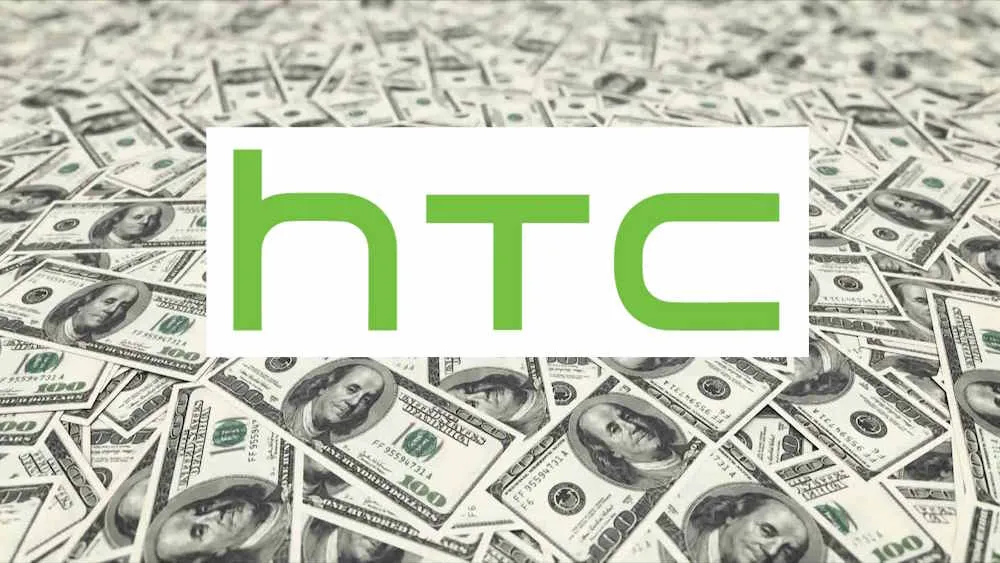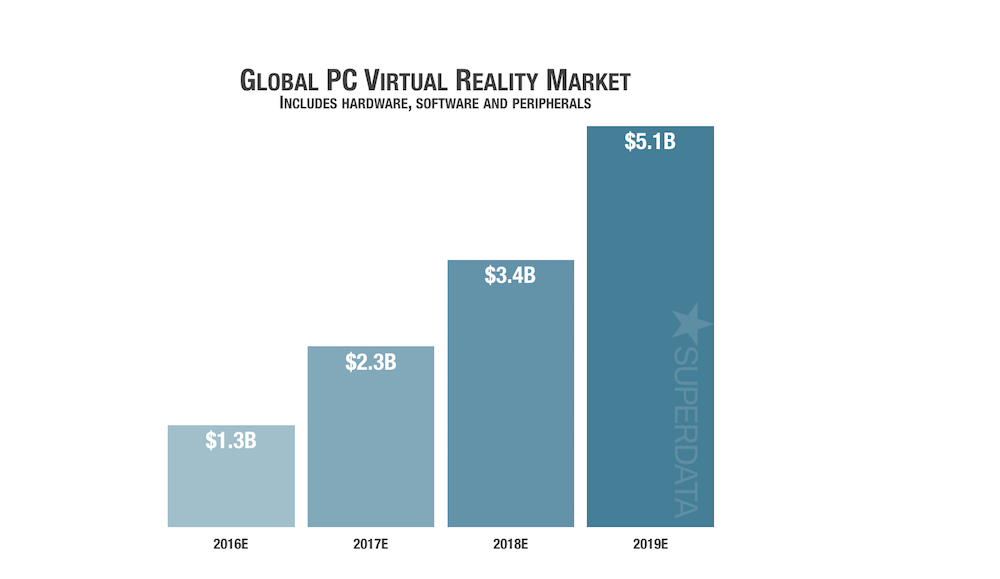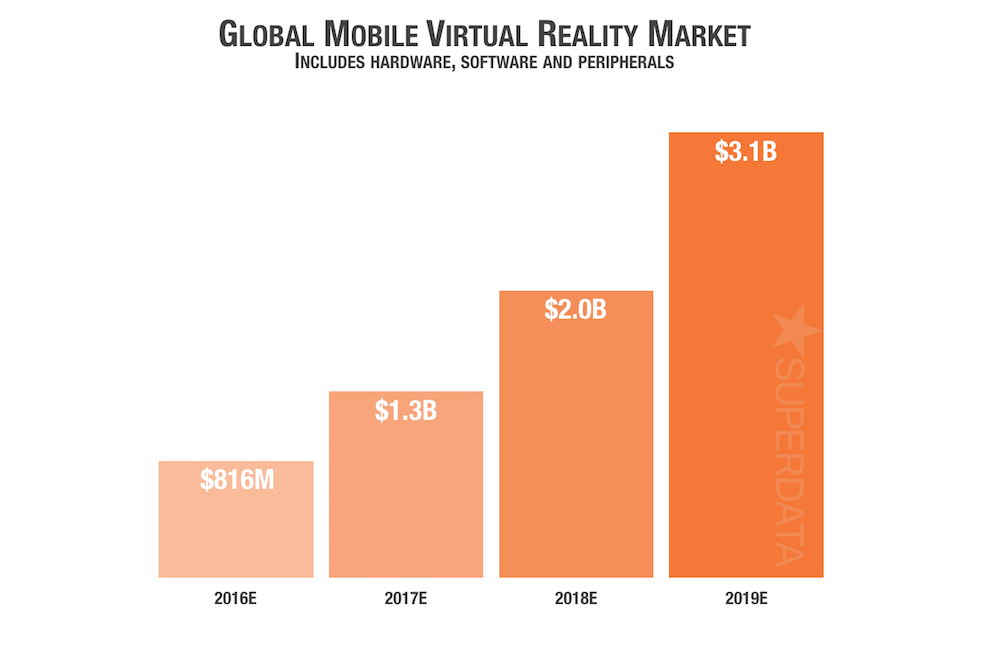VR as an industry is not quite as mysterious as it used to be. It was not too long ago that the most impressive piece of VR tech was about 80 percent duct tape and 20 percent hope.
In the past two year’s, however, a flurry of announcements, acquisitions and partnerships have elevated VR from a hobbyist’s passion into a juggernaut scene worthy of attention from serious financial analysts. As more and more data points (a price here, a release announcement there) trickle out, these analysts are factoring them together to create a forecast for VR’s future revenue potential. One of these group’s, Super Data Research, is among the first to add two major revelations from MWC 2016 – the HTC Vive’s price and LG’s foray into the mobile VR space – into that equation.
Super Data’s director of Research and Insights Stephanie Llamas reached out to UploadVR via email to share her firm’s findings. She writes concerning the HTC Vive price announcement that:
“HTC was smart in that it set pricing expectations high off the bat. So the $799 price tag didn’t hit consumers quite as hard as the somewhat unexpected $599 cost of an Oculus Rift. However, the high price of an Oculus hasn’t stopped consumers from overrunning preorders, so it’s likely the HTC Vive will face similar initial success.”
Factoring Vive’s price into the mix, the firm estimated that PC VR tech alone – including all hardware, software, and peripherals – will be a $1.6 billion industry by the end of 2016. Let me be clear about that: this firm believes VR will be an over $1 billion dollar industry in a year that will be one fourth over before the first major headset even begins to release. From there Super Data sees PC VR revenue scaling up fairly steadily year over year to $5.1 billion dollars by 2019.
MWC brought significant announcements for the mobile VR space as well. LG’s introduction of the 360 VR headset, and Samsung’s aggressive pushes to get more Gear VRs into the wild, both impacted the revenue forecasts for mobile VR.
Llamas writes of the coming battle between LG and Samsung:
“LG needs to have a competitive edge and even though Samsung beat them to the punch with VR, if they hadn’t moved forward with an HMD they would have been grossly behind. This, at least, keeps them in the running, but we have yet to really see how much power they are bringing to the table.
However, Samsung is leading the charge aggressively; not only do they have first-mover advantage in the premium mobile space, and a partnership with Oculus, arguably the most visible player in the game, they have developed a smartphone specifically for VR with the S7 and an easy-to-use peripheral with the Gear 360. This not only facilitates use but agency, allowing users to crowdsource and participate in the development of VR.”
Super Data’s overall prediction for mobile VR following these announcements is that this industry will pull in a respectable $813 million this year before rising to $3.1 billion in 2016. Some will question whether it is wise to bet on PC VR to beat out mobile as the industry matures. Also, market predictions can vary wildly between different analysts. Goldman Sachs released a report this year that predicts higher total revenue for VR during a similar timetable, and another analyst recently adjusted his prediction for the VR/AR market by $30 billion. With figures differing so dynamically from group to group, we asked Llamas to explain how Super Data arrived at their particular set of numbers:
“We have our own regional forecasts of mobile and PC game revenue and consumer spending patterns as a result of the line-by-line transaction data our industry partners send us. This gives us a sense of what we can expect on different platforms in terms of software revenue. We also use historical trends of other media, from digital cameras to smartphones and all the way back to television (as we believe VR to be a new medium rather than a gaming or entertainment peripheral).
This is combined with consumer spending trends and forecasts, public and private information we have gathered regarding money invested in VR, and survey data to get a sense of anticipated consumer interest and behavior.
We align these data with publicly disclosed sales figures for existing VR headset and likely release windows for future devices such as Apple and Google’s upcoming HMDs.”
She explains that the company’s investment figures are sourced mainly from Crunchbase; and that its sales figures are based on the Google Cardboard and DK1/DK2 disclosures from Google and Oculus respectively. Llamas clarifies that, “No major companies are yet disclosing consumer headset sales in their earnings. The rest is based on previous media trends, survey insights and off-the-record conversations with industry folks.”



























